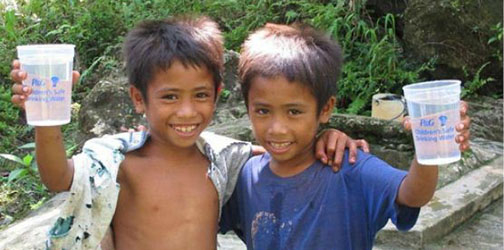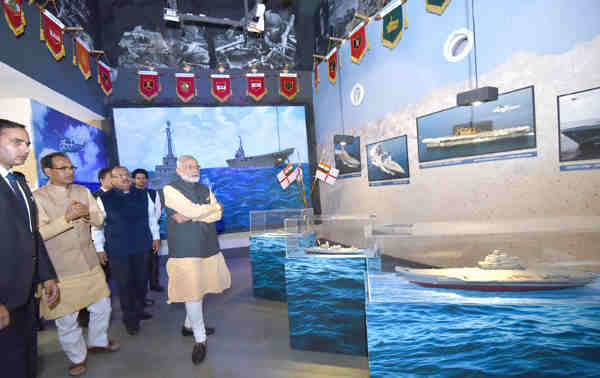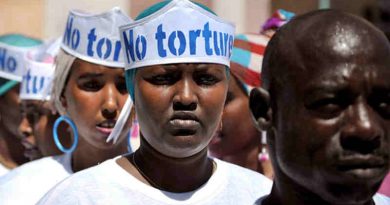Genographic Project to Know the Humanity’s Past
The National Geographic Society announced Wednesday the next phase of its Genographic Project — the multiyear global research initiative that uses DNA to map the history of human migration.
Building on seven years of global data collection, Genographic shines new light on humanity’s collective past, yielding tantalizing clues about humankind’s journey across the planet over the past 60,000 years.
“Our first phase drew participation from more than 500,000 participants from over 130 countries,” said project director Spencer Wells, a population geneticist and National Geographic Explorer-in-Residence. “The second phase creates an even greater citizen science opportunity — and the more people who participate, the more our scientific knowledge will grow.”
This new stage of research harnesses powerful genetic technology to further explore and document the historic pathways of human migration.
Based in part on a unique database compiled during the project’s first phase, the next generation of the Genographic Project Participation Kit — Geno 2.0 — examines a collection of nearly 150,000 DNA identifiers that offers rich, ancestry-relevant information from across the entire human genome.
In addition to learning their detailed migratory history, participants will learn how their DNA is affiliated with various regions in the world, and even if they have traces of Neanderthal or Denisovan ancestry.
Participants will receive their results through a newly designed, multi-platform Web experience at www.genographic.com. In addition to full visualizations of their migratory path and regional affiliations, participants can share information on their genealogy.
New to this phase, the project invites grant applications from researchers around the world for projects studying the history of the human species using innovative anthropological genetic tools.
A portion of the proceeds from the sale of Genographic Participation Kits funds project research and the Genographic Legacy Fund that supports community-led cultural conservation and revitalization initiatives among indigenous and traditional communities.
According to National Geographic Society, the Genographic Project remains nonmedical and nonprofit; all analysis results are placed in the public domain following scientific publication.
In the picture above: A local guide signals to a lost vehicle in the Sahara Desert during a Genographic Expedition.




